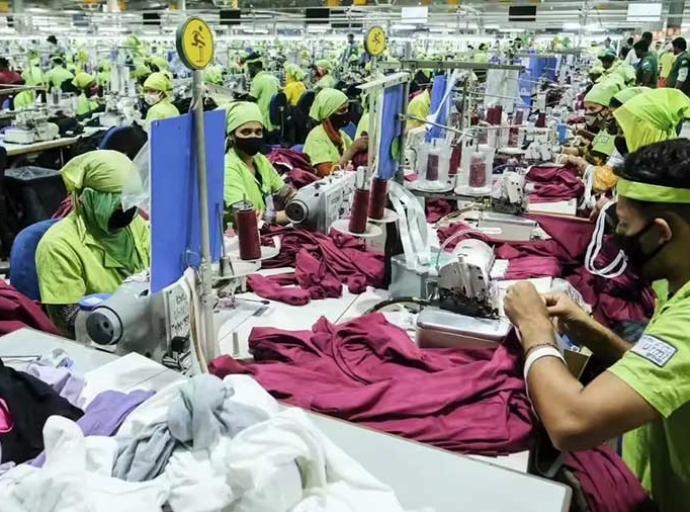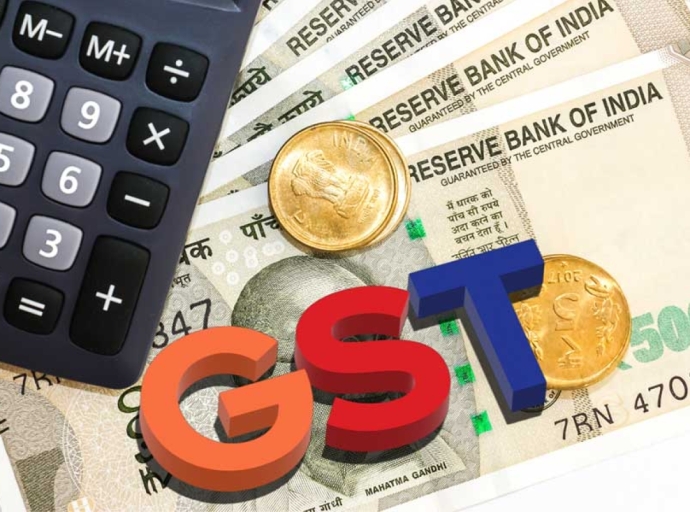Indian textile, apparel & fashion industry stitches up budget wish list for growth

10 July 2024, Mumbai
With the forthcoming Union Budget approaching, India's textile, apparel, and fashion industry is buzzing with expectations. This sector, a vital cog in the nation's economic engine, is hoping for a set of policies that will propel it towards achieving its ambitious growth targets. As Rahul Mehta, President of the Clothing Manufacturers Association of India (CMAI) explains, the Budget presents a golden opportunity to unlock the textile industry's true potential.
Current scenario
The Indian textile and apparel industry is a powerhouse, contributing 2.3 per cent to the country's GDP and 11.4 per cent to exports. It's the second-largest employer, providing jobs to over 45 million people directly and another 100 million in allied sectors. The government's initiatives like the PLI scheme for textiles (Rs 10,683 crore) have provided a welcome boost. Industry leaders are optimistic about the future, with a report by CII and Primus Partners predicting a potential doubling of the textile sector's GDP contribution to 5 per cent by 2030.
Budget expectations
Industry associations and leaders have outlined their key expectations from the upcoming budget:
Stable raw material pricing: Fluctuations in cotton and other raw material prices have impacted production costs. Industry bodies like the Southern India Mills' Association (SIMA) are seeking measures to ensure price stability.
Expanded incentive schemes: The current PLI scheme is seen as a positive step, but industry leaders are urging its extension to the garment sector to further incentivize investments and production.
Support for domestic branding and sustainability: The government's backing for creating strong domestic brands and promoting sustainable practices in the fashion sector is a priority.
Focus on e-commerce and digitalization: The industry seeks budgetary support for initiatives that enhance e-commerce capabilities and digital adoption across the textile value chain. This would improve market reach and operational efficiency.
Skill development and MSME funding: Investing in skill development programs to bridge the skill gap and facilitating easier access to credit for MSMEs (Micro, Small and Medium Enterprises) are crucial for long-term growth. SMEs are the backbone of the textile industry. However, they often struggle with access to credit and compete with cheaper imports. Anu Sharma, owner of a textile SME in Surat, Gujarat, hopes the budget will address these concerns. "Easier access to working capital and rationalization of import duties would be a game-changer for small businesses like mine," she says.
While budgetary measures are crucial, industry stakeholders also emphasize the need for long-term investments in infrastructure development and skill development programs. Upgrading textile parks and logistics infrastructure will enhance efficiency and global competitiveness. The textile sector has the potential to be a game-changer for the Indian economy. The upcoming budget should prioritize policies that make the industry globally competitive and create sustainable employment opportunities, say experts
With ambitious targets of $600 billion in textile exports by 2047 and a domestic market size of $250 billion by 2030, the textile sector holds immense promise. A supportive budget that addresses key industry concerns could be the missing thread to weave a success story.
Latest Publications

































